Boy Scouting provides a series of surmountable obstacles and steps in overcoming them through the advancement method. The Boy Scout plans his advancement and progresses at his own pace as he meets each challenge.
The Boy Scout is rewarded for each achievement, which helps him gain self-confidence. The steps in the advancement system help a Boy Scout grow in self-reliance and in the ability to help others.
The Scout Badge is a requirment for joining Boy Scouts.
Note that the Scout badge is NOT considered a "Rank" by BSA
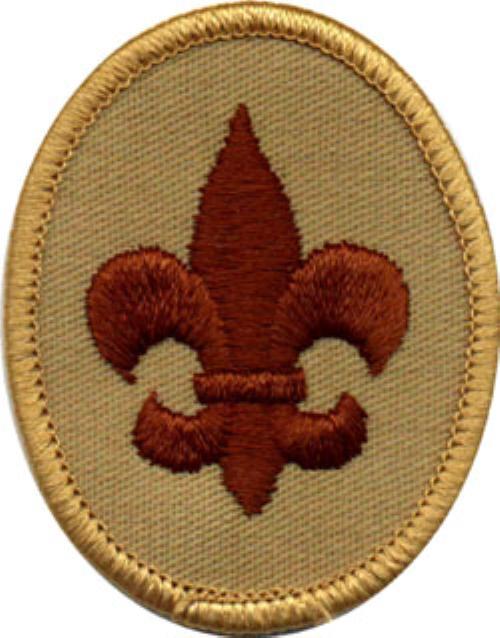
Scout
~~~~~~~~~~~~
The advancement program is often considered to be divided into two phases. The first phase from joining to First Class is designed to teach the boy Scoutcraft skills, how to participate in a group and to learn self-reliance. The Scout rank badge is awarded when the Scout demonstrates a rudimentary knowledge of the Scouting ideals and program. Tenderfoot, Second Class and First Class have progressively harder requirements in the areas of Scoutcraft, physical fitness, citizenship, personal growth and Scout Spirit.
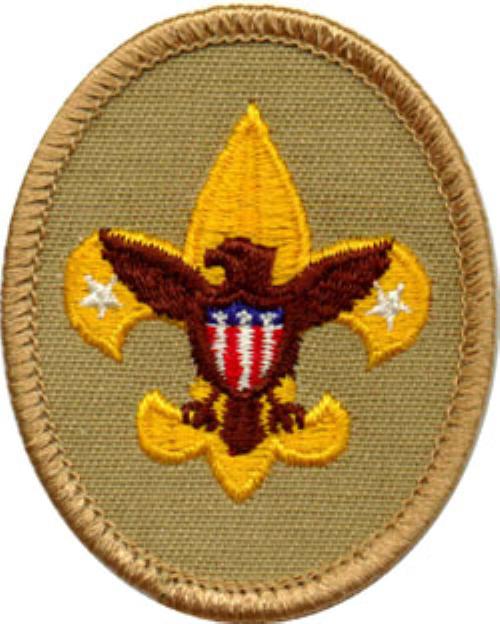
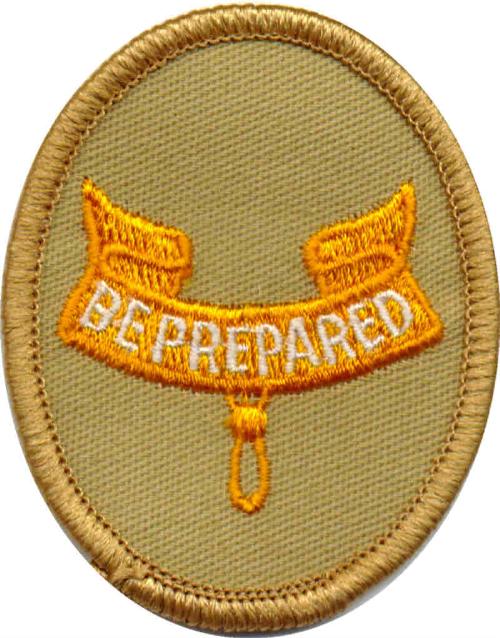
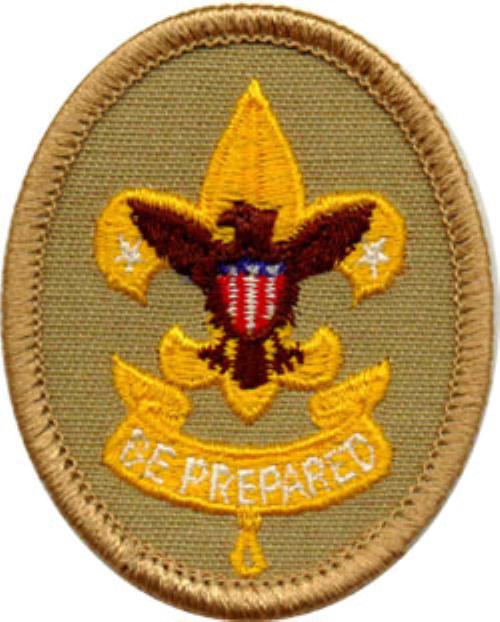
Tenderfoot Second Class First Class
~~~~~~~~~~~~
The second phase of Star, Life and Eagle is designed to develop leadership skills and allow the Scout to explore potential vocations and avocations through the merit badge program. The Star and Life ranks require that the boy serve in a position of responsibility and perform community service. Except for Scout rank, all ranks as well as Eagle Palms require that the candidate pass a Scoutmaster Conference and a Board of Review.
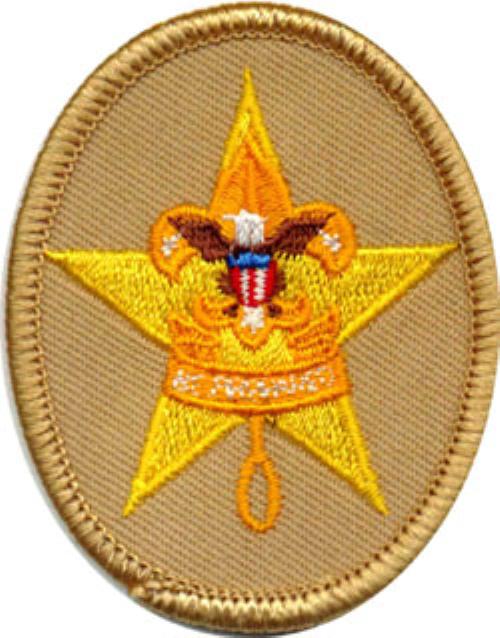
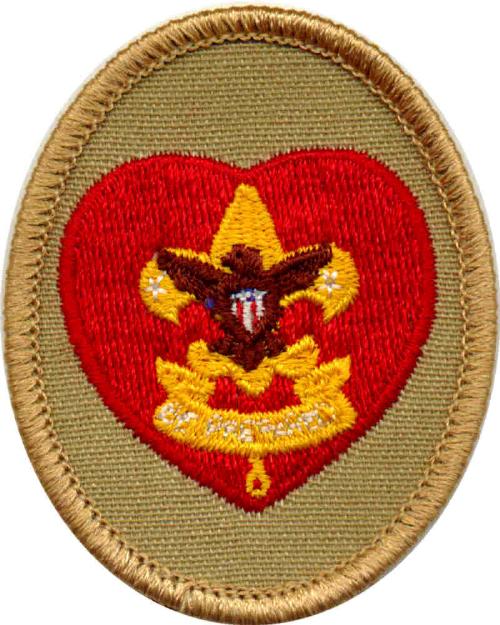
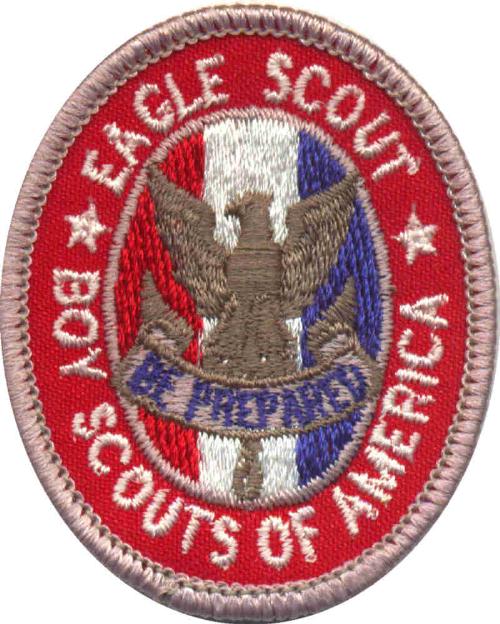
Star Life Eagle
~~~~~~~~~~~~
Eagle Palms are awarded for continued leadership and skills development (merit badges) after the Eagle Scout rank has been earned. These palms help keep the Eagle Scouts active within the unit, contributing to the leadership of the unit, and assisting with the growth of the other Scouts within the unit.
Note that Eagle Palms are NOT considered "Ranks" by BSA
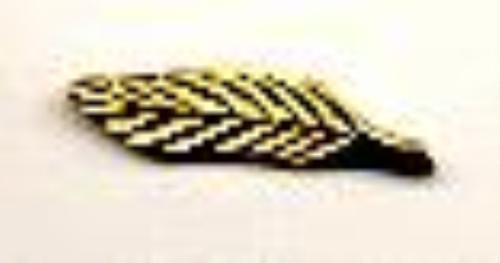
Eagle Palms